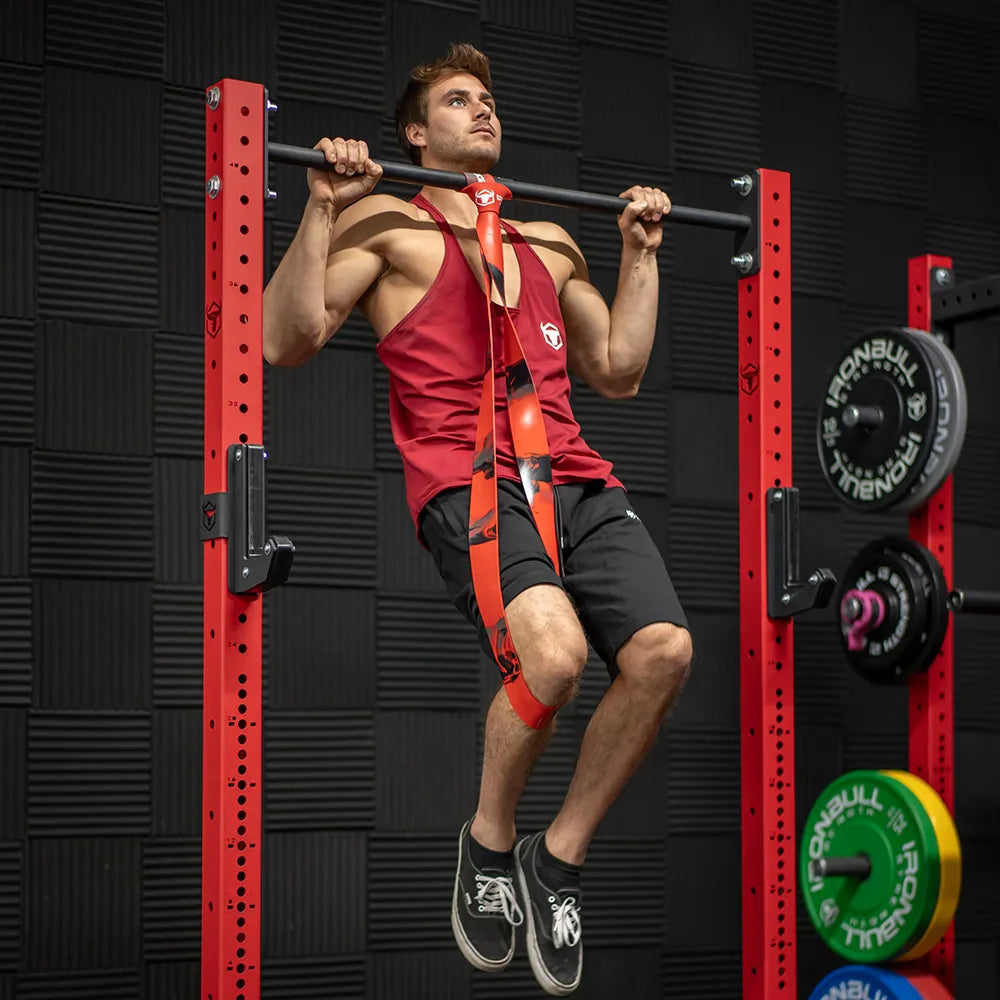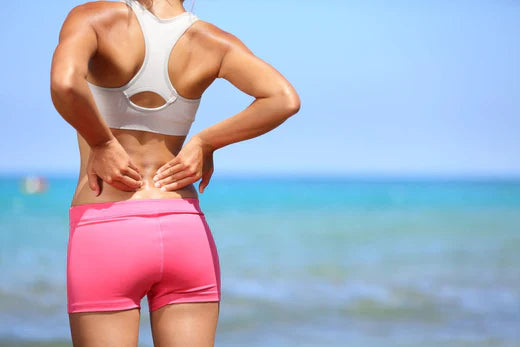How To Evolve The Bridge Exercise For Strength, Stability, And Size

Elevate Your Strength, Stability, and Size with Advanced Moves
Squats, bench presses, and deadlifts get all the spotlight when it comes to the most used and famous exercises, and there’s no denying the benefits of these three weightlifting staples. But what if there was an exercise that could vastly improve your performance and results of the squat, bench press, and deadlift while increasing your core strength and stability? Wouldn’t you want to add that exercise to your weekly routine? Introducing the bridge.
WHAT IS THE BRIDGE EXERCISE?
The bridge is a basic exercise that is often used in basic bodyweight training and physical rehabilitation. There’s even a yoga bridge pose. Despite its simplicity, the bridge exercise is highly effective at stretching and strengthening the glutes, hamstrings, hip flexors, calves, and abdominal muscles. Why is the bridge exercise so important?
All movement originates from your core. Too often, people mistake the word core for the front abdominal muscles. The core refers to the lower back, obliques, glutes, hip flexors, frontal abdominal muscles, and deep abdominal muscles.
Learn the function of the deep abdominal muscles and the one simple trick to strengthen them and shrink your waist.
From a functional standpoint, a weak core is terrible for your posture. Having weak core muscles can promote the neck and shoulders going forward, which can trigger pain. Over the long run, a weak core increases your risk of injury. By strengthening your core, you’ll correct your posture and alleviate pain, especially in the lower back.
Is your lower back hurting you right now? Read our article on how to fix lower back pain.
In the gym, a weak core equates to bad performance. All of the big-name exercises – squat, bench press, and deadlift – require a strong core. By improving your core musculature, strength, and endurance, you will see positive changes in the gym and everyday life. You’ll be able to pull more weight, perform better in sports, and complete household tasks with ease. The bridge exercise is an excellent way to strengthen your core – no weights are required.
Looking for more ways to improve your squat? Here’s how to master the barbell back squat.
HOW TO PERFORM THE BRIDGE EXERCISE
Try incorporating the bridge exercise into your weekly routine. Many yoga experts recommend performing the bridge every day, especially upon waking and after a short warm-up. Here is how to perform the basic bridge exercise:
- Lie flat on your back on the floor. We recommend lying on a comfortable mat or carpet.
- Bend your knees and bring your feet halfway in towards your glutes. Place your feet flat on the floor.
- Place your arms firmly on the ground at your sides.
- Bracing yourself on your shoulders, tighten your core muscles and lift your hips upward.
- Focus the contraction in your glutes – You should feel the muscles tightening in your butt as you reach the top of the movement.
- Pause at the top of the exercise and slowly lower your hips.
- Do not let your butt touch the ground. Immediately go into the next repetition once your butt is hovering just above the ground.
Do this exercise several times per week for the next month and assess the difference in your core strength and overall performance.
TAKING THE BRIDGE TO THE NEXT LEVEL
After a month or two of the bridge exercise, you’ll notice that your strength gains might plateau. This is when it will be time to take your bridge to the next level. Here are two variations of the bridge that introduce progressive difficulty to continue increasing your strength, endurance, and results.
ELEVATED BRIDGE WITH ONE LEG
This is the same as the basic bridge exercise except you’ll have one leg extended. Performing a one-legged bridge places an incredible demand on the body’s stability and endurance. Here’s how to perform the exercise:
- Lie flat on your back on the floor. We recommend lying on a comfortable mat or carpet.
- Bend your knees and bring your feet halfway in towards your glutes. Place your feet flat on the floor.
- Place your arms firmly on the ground at your sides.
- Bracing yourself on your shoulders, tighten your core muscles and lift your hips upward.
- Focus the contraction in your glutes – You should feel the muscles tightening in your butt as you reach the top of the movement.
- Pause at the top of the exercise and extend the left leg out as straight as you can. Don’t worry if there is a slight bend in the knee at first. Over time, you’ll be able to fully straighten the leg.
- With your left leg extended, slowly lower your hips.
- Do not let your butt touch the ground. Immediately go into the next repetition keeping your left leg elevated and extended.
- Once you finish the repetitions for the left side, repeat the exercise using an elevated right leg.
As before, try using the one-legged bridge exercise for a month or two. Once you see your strength and stability levels increase, it’ll be time for arguably the best exercise for glute strength: the barbell hip thrust.
BARBELL HIP THRUST
By adding some weight to the exercise, you’ll take your results to a new level. This is where you’ll see dramatic changes in your squat and deadlifting performance. This exercise requires a bit more set up but it’s worth it.
- Set up a bench. Place an abdominal mat on your hips.
- Get into a position where your shoulders are on the bench, your feet are flat on the floor at a hip distance apart, and your hips are elevated.
- Tighten your core as a spotter places a barbell on to the abdominal mat.
- Brace and secure the barbell.
- Make sure your spine is neutral and your body aligned.
- Lower yourself into the starting position where your butt is just over the ground.
- Just like with the basic bridge exercise, squeeze your glutes to lift your hips by driving through your heels.
- Squeeze your glutes at the top of the exercise.
- Slowly lower yourself but again don’t touch the ground; go right into the next repetition.
Want to know more about the benefits of hip thrust along with more challenging variations to perform it? Check out our article on the single best exercise for your glutes: the hip thrust.
We recommend performing the barbell hip thrust on days when you won’t be targeting your hamstrings or quadriceps. If you do incorporate this exercise on leg day, be sure to perform it after the compound movements such as squats, deadlifts, and hack squats.
THE IMPORTANCE OF STRETCHING
As effective as the bridge, one-legged bridge, and barbell hip thrust can be, they won’t be able to help you reach your goal if you aren’t stretching. Take time before, during, and after your workout to stretch. Use dynamic or active stretching before and during your workout. Perform static or holding stretches after your workout.
When used as a yoga pose, the basic bridge can be used as an effective stretch:
- Take the bridge position with hips elevated.
- Outstretch your arms, reaching for in-between your legs.
- Clasp your hands together.
- You should be supporting yourself on your shoulders.
- Keep the hips elevated and feel the stretch through your legs and back.
- Slowly lower yourself and check your form before beginning again.
WILL YOU START USING THE BRIDGE EXERCISE?
Keep us updated on your results. What other exercise do you perform to focus on your glutes and lower body? Let us know on Facebook!


